Meet the Research Facilitators
Many people were actively involved in researching as part of Bradford’s National Museum. But three of us played the role of facilitating the research. We organised, co-ordinated, took notes, cohered ideas in draft form, spotted connections, followed ideas up, accepted invitations, thought long and hard, wrestled with ways of thinking, tried things out, changed them and tried again and experienced many dilemmas along the way. In the publication we have sought to make some of this process visible through the green reflective boxes.
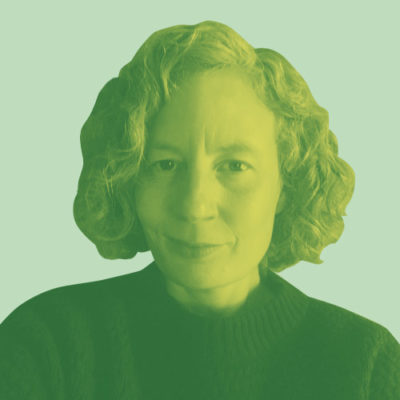
Helen Graham
I spent my formative years in museums wondering why they found it so painfully hard to be participatory. It is only, over time, that I have come to understand better the constitutive challenges in this endeavour and to become interested in the lived complexity of trying to evolve these old institutions that intrinsically link enlightenment and imperialism.
If I have found an approach that feels useful in the task, it came into being through the collaborative work of this project and is represented by this publication. A task that can only be done alongside and with many people, openly and through many conversations. A task that always requires you anew to know and feel your own fallibility and to understand that whatever you think you can see well, only casts shade on what you can’t. I am deeply grateful to have been in such enriching dialogue with the other people you see in this publication over the past three years. (I also teach museum and heritage studies at the University of Leeds, a practice that has been much challenged and extended through this project).
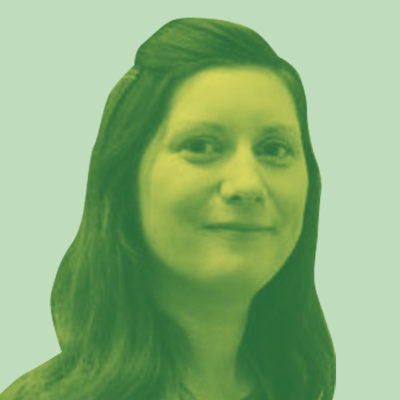
Lynn Wray
I am a visual artist, curator and researcher, interested in art and exhibition making processes, politics, visual display methods and co-production. I am interested in understanding art and exhibitions as making processes and political practices, in ‘making’ as agency, and in the representation and legitimation of non-professional cultural practice in museums. I am passionate about ‘learning through making’ and exhibition-making as a collaborative political and civic practice. Making and doing things with the project team, partners and collaborators, local creative practitioners and museum staff has consistently challenged my assumptions and views in all of these areas and opened up many new ways of thinking and working to me.
For the last three-and-a-bit years I have been working as a researcher on the project, and have been based at the National Science and Media Museum, getting to know the exceptionally skilled, kind and patient staff there. I feel really fortunate to have served as a curator on the co-produced exhibition ‘Above the Noise: Fifteen Stories from Bradford’, working with over 100 community collaborators to explore how Bradfordians have bypassed mainstream media to record, share and create their own histories and culture. I learned so much about local, national and international history, politics, technology and culture. The scale and ambition of the endeavour meant that we all had to learn together through doing, and through trying things out, through encountering sticking points and working out together how we could work through them to move forward. I also enjoyed going on a journey with the National Science and Media Museum, Tim Smith and John and Elizabeth at Bradford Museum’s and Galleries to open up and share the Belle Vue Archive even more widely. This journey began with the digitisation of the archive at Bradford Industrial Museum, and continued with the co-production of an installation in Above the Noise where forgotten memories were surfaced and stories were shared, then moved on to gathering new stories and information for the archive in places like the Bradford Interchange Bus Driver’s Canteen and the Ukrainian Church. These stories fed back into the production of a documentary for the BBC Hidden Histories: The Lost Portraits of Bradford and the development of a new permanent display in the Kodak Galleries at NSMM where the Belle Vue Studio is recreated.
Prior to this role I worked as a researcher at National Museums Liverpool, researching the hidden LGBTQ+ histories in their fine and decorative art collections. I completed my doctorate in curatorial practice in 2016, during which I conceived of and co-curated a major exhibition entitled, ‘Art Turning Left: How Values Changed Making 1789-2013’.
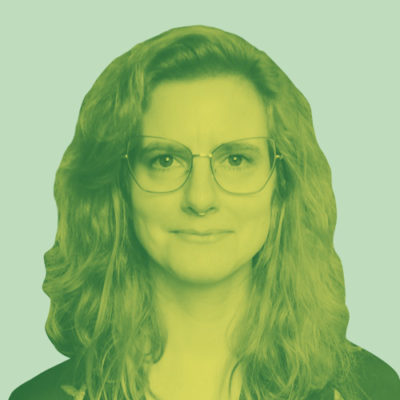
Julia Ankenbrand
I am a researcher and collaborative research facilitator. My interest is working on projects that allow real life issues to be addressed – and necessarily involving those who are impacted by the issue and therefore have the knowledge, insight and passion we need to work on it.
Working on the Bradford’s National Museum project has been an absolute privilege. I loved living this research with people across the Bradford district who threw themselves into this project with us. It was a journey of surprises, patience, difficult moments, connections, confusions, very good conversations, and much more. On the way, I grew my knowledge and skills of facilitating and having conversations that help us make sense together and create change.
I am taking many lessons into my professional practice at the cross-road between museum studies, organisation development and action research.

